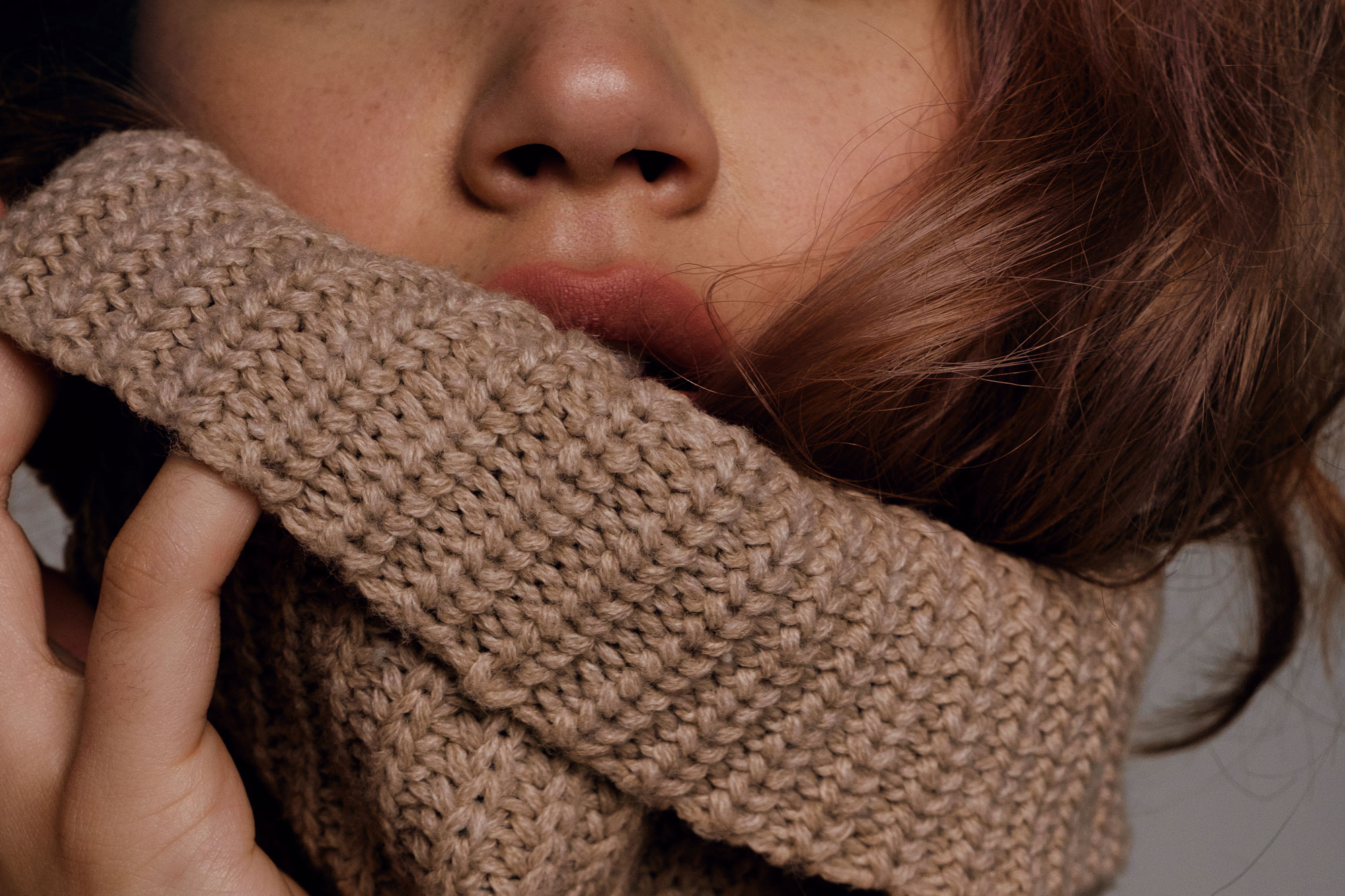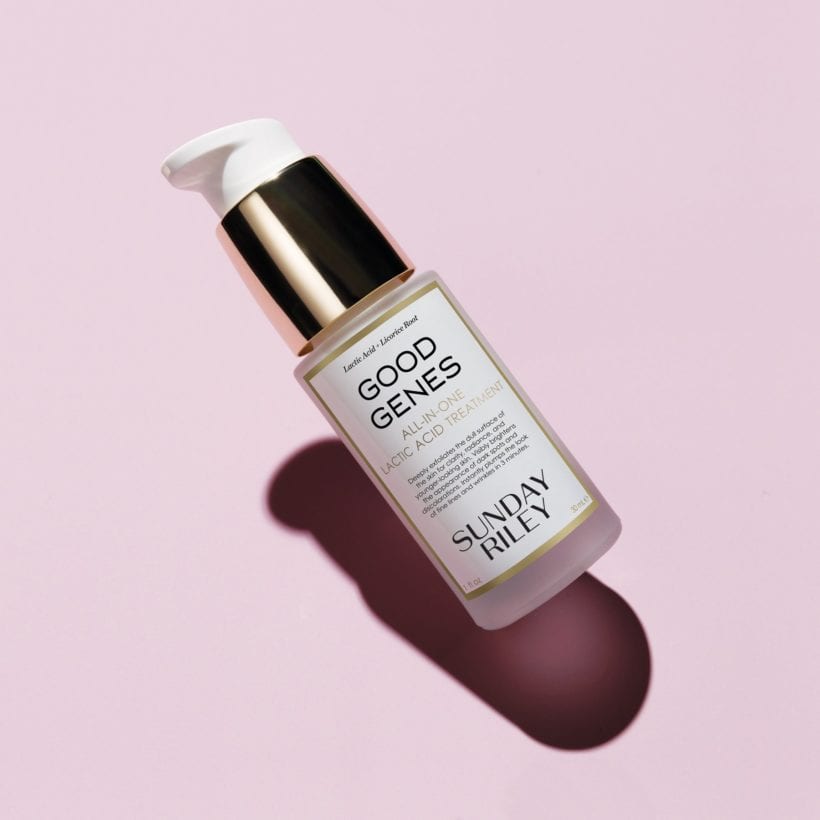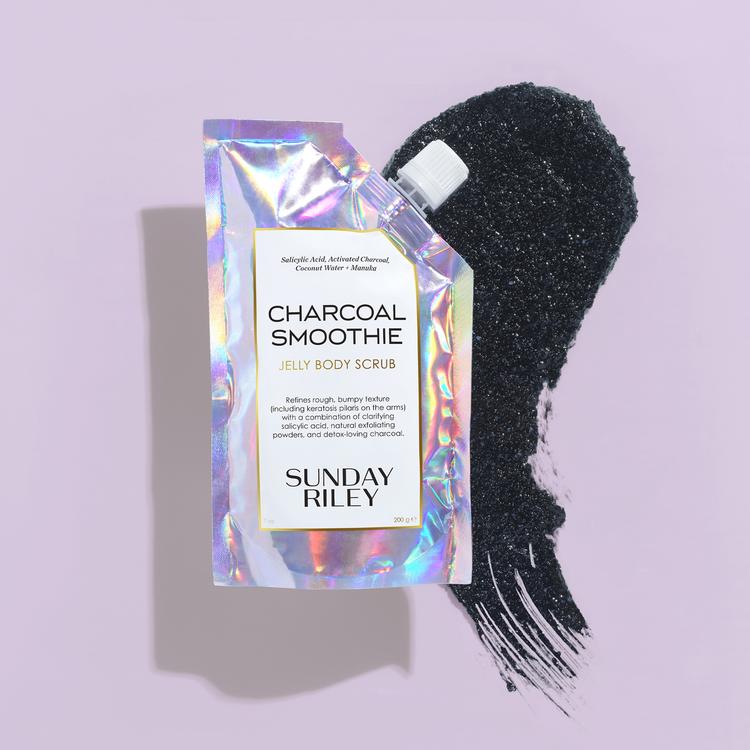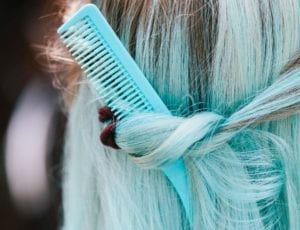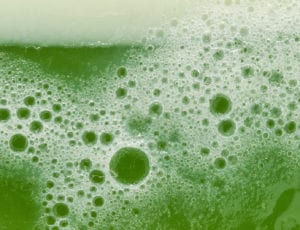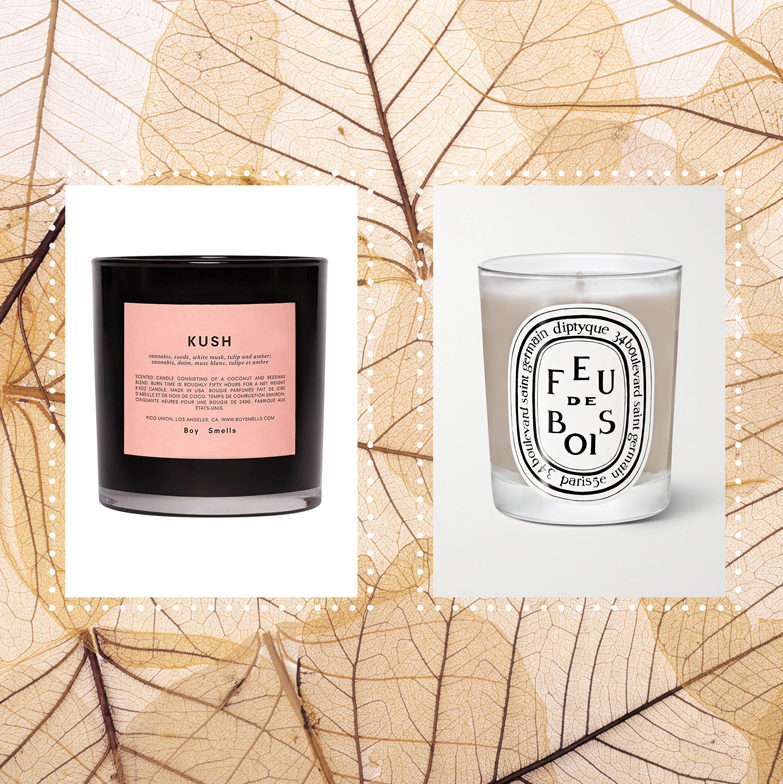As the temperature dips, it’s usually a sign to layer up or opt for thicker pieces. We don’t just mean your clothes; you may find yourself reaching for more hydrating and richer skincare products as it gets cooler out. As seasons flux, it’s not necessarily the ingredients in your skincare that change, but rather how they are delivered, says N.Y.C. dermatologist Joshua Zeichner. “Cooler temperatures mean less humidity in the air, causing the skin to become drier. So, it makes sense to switch to thicker, more hydrating formulas,” says N.Y.C. dermatologist Sejal Shah. So, it’s time to look at your skincare routine and swap those lightweight summer go-to’s for more hydrating options. Here, we dive into what your regimen needs come fall and what can stay.
Meet the Experts
Joshua Zeichner, MD is an N.Y.C. dermatologist.
Sejal Shah is a board-certified N.Y.C. dermatologist.
Hadley King, MD is a board-certified dermatologist.
Dr. Dendy Engelman, MD, FACMS, FAAD is a board-certified cosmetic dermatologist and Mohs surgeon at the Shafer Clinic in New York City.
Taylor Worden is an NYC-based facialist.
Dr. Debra Jaliman, MD is a board-certified dermatologist and the Assistant Professor of Dermatology at Mount Sinai’s Icahn School of Medicine.
Dr. Michele Farber, MD, FAAD is a board-certified dermatologist practicing at Schweiger Dermatology Group.
Swap your face cleanser.
“If you’re developing dryness or tightness of the skin, it may mean that your cleanser is too harsh for the season,” says Shah. If your skin feels tight immediately after cleansing, this is likely a sign to change things up. The gel or foaming cleanser from summer may be great for deep cleaning when it’s humid, but when it gets chilly, “opt for hydrating cleansers,’ says Zeichner. He recommends sticking to cleansers that respect the skin barrier. We love Sunday Riley Blue Moon Clean Rinse Cleansing Balm. With a softening blend of organic cocoa and moringa butters alongside soothing chamomile, it gently removes makeup and grime without stripping skin of moisture.
Use a richer moisturizer.
“The colder weather strains the outer skin layer, which means that your skin barrier may need extra help from a richer consistency moisturizer,” says Zeichner. That may mean switching those lightweight gel moisturizers to something more dense and creamy.
Beyond the texture, also “look for ingredients that are going to support and replenish the skin barrier, add in extra moisture, and calm the skin,” says Shah. These ingredients include ceramides, niacinamide, hyaluronic acid, squalane, fatty acids, colloidal oatmeal, probiotics, and chamomile,” says Shah. Our pick for fall?Sunday Riley Ice Ceramide Moisturizing Cream.Packed with ceramides, vitamin F, and pomegranate sterols, it helps strengthen the skin’s natural moisture barrier, so it can help keep hydration in.
Slug the right way.
ICYMI: Slugging is when you slather your skin in petroleum jelly to achieve deeply moisturized skin. It seems like the jury is out on whether or not it’s an effective method, but we can think of a better way to get the slugging benefits: You can also “slug” by using an emollient. “They’re natural oils that soften rough cells on the skin’s surface,” says Zeichner. We love the hydrating blend in Sunday Riley Juno Face Oil which contains a cocktail of super seed oils derived from cranberry, red raspberry, and blueberry to deeply nourish skin and keep moisture in.
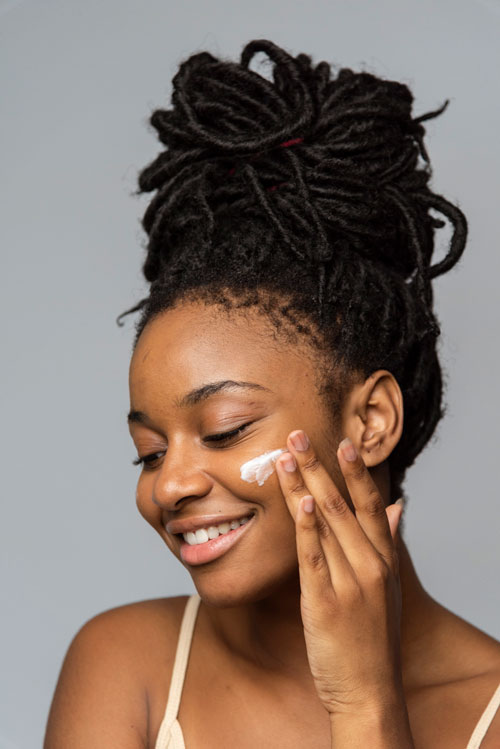
Slough off those dead skin cells.
As the temp begins to dip, exfoliating is a great way to buff away dry skin and refine its texture, explains Dr. Dendy Engelman, MD, FACMS, FAAD, board-certified cosmetic dermatologist, who adds that exfoliants are key to not only removing dead skin cells but also for increasing collagen production. However, while exfoliating year-round is critical for rejuvenating and brightening the skin, you may want to cut back on exfoliation in cooler months vs. the summer, when increased heat and humidity can result in heavier build-up. “Long story short, we lose more moisture from our skin into the air in low humidity environments (like the fall and winter), and over-exfoliation of dry skin may lead to irritation,” says Dr. King.
Regarding your face, Dr. Engelman suggests looking for a chemical exfoliant with alpha-hydroxy acids (AHAs) and beta hydroxy acids (BHAs) like salicylic, glycolic, and lactic acid acids to effectively — yet gently — exfoliate the skin. Try one that also supports your moisture barrier, like Sunday Riley Good Genes Lactic Acid Treatment. Dr. King adds that if you have very sensitive skin, enzyme exfoliants are a good option (these products use enzymes derived from foods, such as pineapple or papaya, to eliminate dull skin cells). For your body, an easy exfoliating tip is to dry brush before hopping in the shower. “It helps to boost circulation, slough off dead skin, and even helps smooth out cellulite,” notes NYC-based facialist Taylor Worden.
Avoid drying toners.
Dr. Debra Jaliman, MD, board-certified dermatologist, recommends putting a pause on alcohol-based toners and harsher ingredients throughout the fall and winter which can be too drying. You may also want to ditch harsh soaps and add a nourishing body wash to your routine. Dr. Jaliman shares that sheet masks are a great option to brighten winter skin and boost hydration. “I recommend seeking facemasks with ingredients like ceramides and hyaluronic acid to retain moisture and oatmeal to soothe,” adds Dr. Michele Farber, MD, FAAD, board-certified dermatologist.
Continue using your SPF.
Yes, the sun may feel weaker as we head into the cooler months, but that doesn’t mean it’s safe to ditch your SPF. “Regardless of the season or temperature, the sun’s UV rays are still strong and can cause skin damage,” cautions Dr. Engelman, adding that she always recommends using SPF 30 or higher to ensure that you are fully protected. You’ll also want to be sure to check your sunscreen label for “broad spectrum,” which means the product protects against UVA and UVB rays — we suggest Sunday Riley Light Hearted Sunscreen to safeguard your skin without any hint of oiliness.
Invest in a humidifier.
Another tip from most of our experts was to consider purchasing a humidifier that is handy for protecting against low humidity levels, cold weather, and transdermal water loss, explains Dr. Engelman. “I recommend the Canopy Humidifier because its no-mist, anti-mold technology and easy-to-wash parts make it cleaner and more convenient than other units.”
Consider professional treatments.
While there are plenty of effective products to add to your skincare arsenal as we transition seasons, you may also want to consider a visit to your derm or licensed esthetician after a few months in the sun. Temple recommends the HydraFacial, a unique and comprehensive facial to cleanse, peel, extract and hydrate the skin. She notes that you can also “add on a brightening booster to treat any stubborn sunspots.” Dr. Jaliman tells us that laser treatments — like the Revlite laser — can help stimulate collagen in the upper layers of the skin. “This procedure offers patients a safe and effective way to treat the appearance of dark spots, melasma, sun damage, wrinkles, and scarring,” she says. Lastly, Worden adds that fractional lasers are another worthwhile option to ask your derm about — these lasers target a portion or fraction of the skin at a time — and that you can consult your esthetician about trying a stronger peel.
By: Sheryl George and Kristin Hickey
We only recommend products we have independently researched, tested, and loved. If you purchase a product found through our links, Sunday Edit may earn an affiliate commission.
